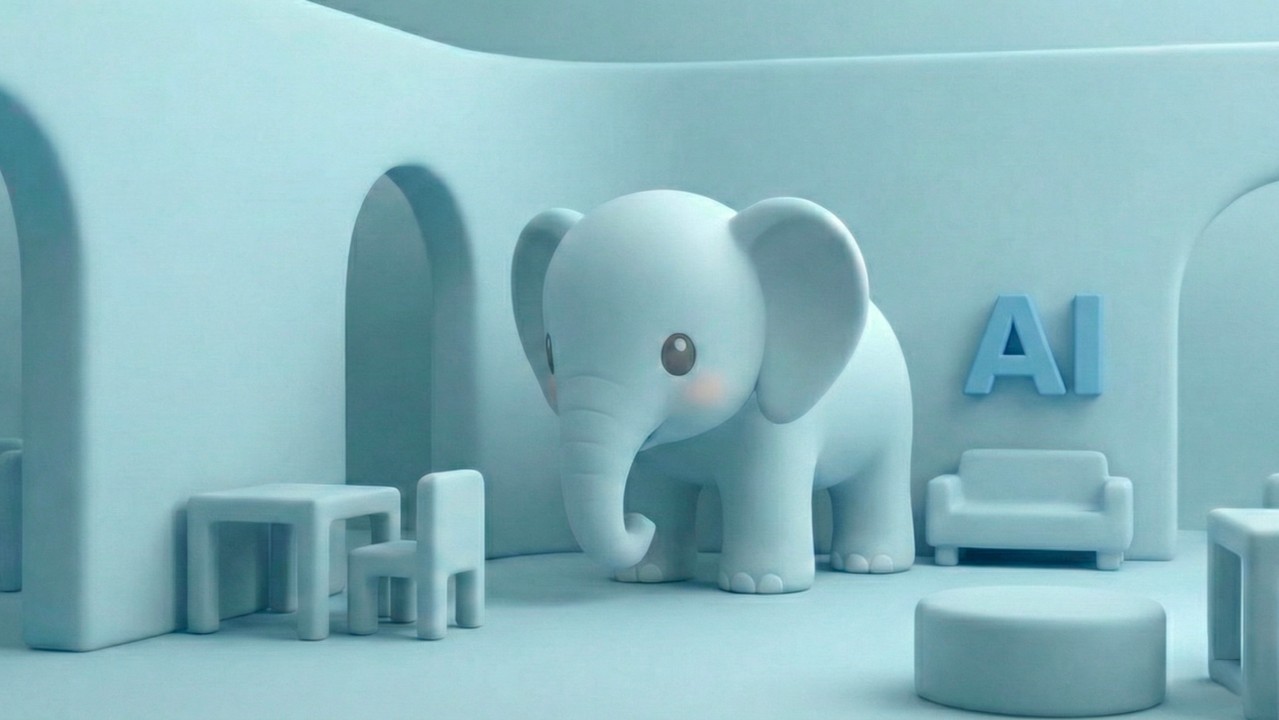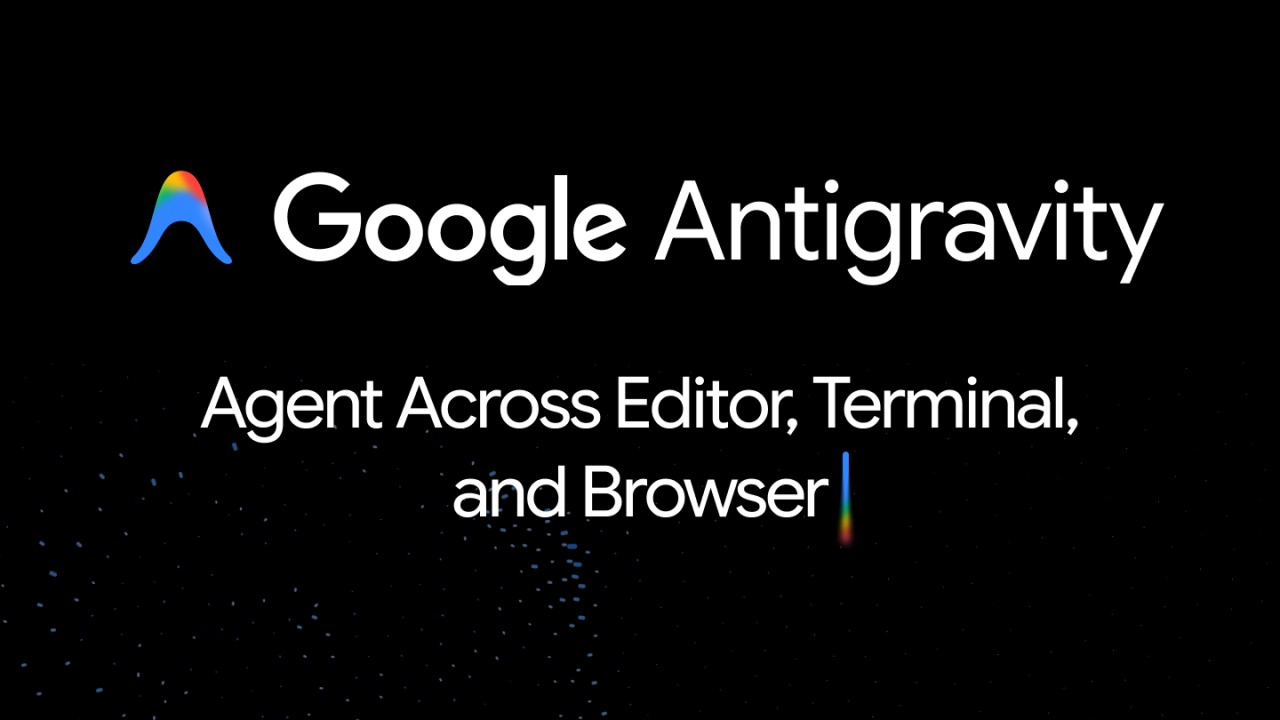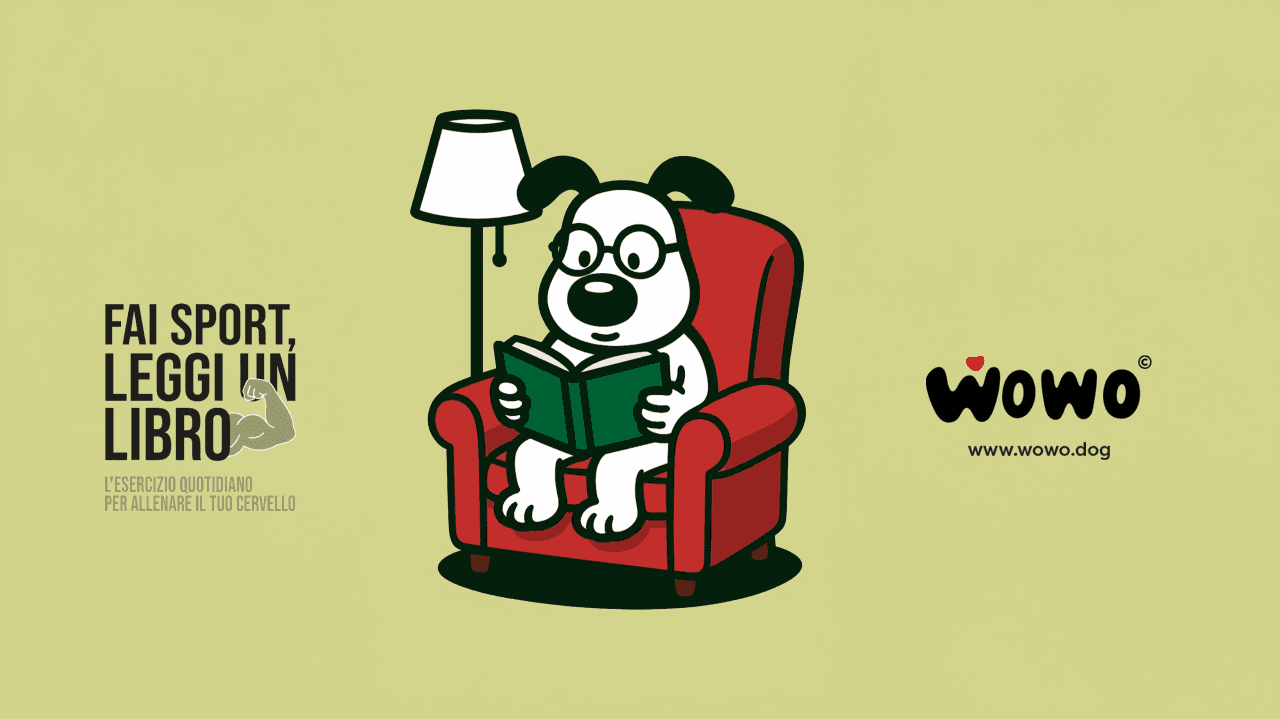There’s a subtle but profound difference between a browser that lets you navigate and one that accompanies you. With ChatGPT Atlas, OpenAI hasn’t simply embedded AI inside a browsing window—it has tried to rethink the relationship between user, information, and action. And for those of us working in UX design, this shift marks a turning point worth paying attention to.
From Search Engine to Web Copilot
At first glance, Atlas looks like any other browser: address bar, tabs, extensions. But inside, ChatGPT is natively integrated into the browsing flow. It’s no longer an assistant next to the web, but within it—able to read the page you’re viewing, summarize it, answer questions about its content, and even—through the new Agent Mode—act on your behalf.
It can open links, click buttons, fill out forms, or add products to a shopping cart—all while explicitly asking for the user’s consent. It’s still a preview, of course, but it already shows the direction ahead: a proactive browser that’s no longer just a tool, but a companion.
Memory, Context, and Continuity
Among its most intriguing features is memory - an optional system that allows Atlas to “remember” what you visit and learn from your browsing habits. The goal is to make conversations with ChatGPT increasingly relevant, built around your personal context. It’s not anonymous tracking like cookies, but a semantic memory - controllable, erasable, transparent.
As a designer, I find this fascinating because it introduces a new concept into browser UX: cognitive continuity. Atlas doesn’t just bring you back to where you left off—it understands what you were trying to do.
Experience as Conversation
Up to now, browsing has been a sequential gesture: type, search, read, click. With Atlas, it becomes a dialogic experience: the user doesn’t navigate through links so much as through intentions. The AI becomes the main interactive surface, turning the browser into a kind of multimodal interface where text, voice, and action merge into a single flow.
It’s a direction many designers have long hoped for: more human, adaptive, contextual interfaces. Yet it also raises new questions about how to design for a user who no longer clicks, but asks.
Trust, Control, and Transparency
As always, every UX revolution comes with a cost: trust. Giving an AI the power to browse, buy, or interact on our behalf is a step not everyone will take easily. OpenAI has set clear safeguards - opt-in memory, explicit permissions, the ability to operate while “logged out” - but the real challenge lies in making the system’s autonomy visible and understandable.
In design, trust is built through the transparency of micro-details: an animation, a feedback cue, a clear message about the agent’s state. In this sense, Atlas is a testing ground for the entire discipline.
Designing for Intelligent Browsers
For designers, Atlas marks the start of a new chapter. We’ll no longer design interfaces only for users, but also for the AI interpreting them. OpenAI is already encouraging webmasters to use ARIA tags and accessible semantics to help the Agent understand site structures. Accessibility thus evolves from an ethical requirement to a competitive advantage: what a browser-agent cannot interpret, effectively doesn’t exist.
And then there’s the question of interaction: how does design change when the user no longer “navigates” but “converses”? Information will need to be queryable, not just visible. Perhaps a new web aesthetic will emerge—less focused on graphics, more on the intelligibility of content.
Conclusion: A Silent Paradigm Shift
ChatGPT Atlas isn’t just a new browser. It’s a signal. It tells us that the web is shifting from a search engine to a reasoning engine - from exploration to outcome, from action to intention.
As a designer, I believe the challenge will be to restore a sense of human presence to this new way of browsing: to preserve empathy, control, and beauty in an environment where the interface tends to disappear. It’s a remarkable transitional phase—one in which design must not just adapt, but lead the change.
And so yes, we can say it: with Atlas, the browser ceases to be a window onto the web. It becomes a mirror of our intentions.



